In certain special places around the world, vertical landscapes have shaped not just the physical environment but the entire culture and economy of the towns nestled beneath them. These climbing meccas attract enthusiasts who arrive as visitors and often stay as residents, transforming once-quiet outposts into vibrant hubs of outdoor adventure culture.
The relationship between these towns and their climbers creates unique communities where conversations about routes, grades, and beta flow freely in local cafés, where climbing guides outnumber traditional tour operators, and where the vertical terrain becomes the economic engine driving local prosperity.
Here is a list of 14 remarkable towns where rock climbing has become inseparable from community identity.
Bishop, California

This eastern California town sits at the intersection of three major climbing areas—the volcanic tablelands with world-class bouldering, the granite wonderland of the Sierra Nevada, and the sport-climbing paradise of Owens River Gorge. The town transitions seasonally between different climbing communities following optimal conditions throughout the year. Local businesses proudly display climbing photographs on their walls, and the annual Highball Cider Festival celebrates the connection between the region’s apple orchards and climbing culture.
The community has worked extensively with land managers to maintain access while protecting both natural and cultural resources.
Fontainebleau, France

Just outside Paris, this historic French town provides access to perhaps the world’s most famous bouldering destination, where climbers have been testing themselves on sandstone problems since the 1870s. The surrounding forest contains thousands of boulder problems, organized into “circuits” marked with colored paint that guide climbers through progressively harder challenges.
Local bakeries prepare extra pastries when conditions are good, knowing climbers will flood the forest and return hungry after sessions on the iconic sandstone. The town hosts the biannual Font Bloc festival, drawing boulderers from across Europe for competitions and community celebrations.
Like Travel Pug’s content? Follow us on MSN.
Kalymnos, Greece

This Greek island transformed from a declining sponge-diving economy into a world-renowned sport-climbing destination over just two decades. The limestone cliffs rising directly above blue Mediterranean waters now feature over 3,500 routes, with new development continuing yearly.
Local restaurants display climbing guidebooks alongside menus, and the island’s economic calendar revolves around the spring and fall climbing seasons. The annual North Face Kalymnos Climbing Festival brings professional athletes and climbing filmmakers together, generating international exposure that maintains the island’s prominent position in climbing culture.
Squamish, British Columbia

British Columbia’s outdoor recreation hub developed its identity largely around the massive granite monolith known as the Chief, which towers above the town, offering everything from bouldering to big wall climbing. The town’s transition from forestry to a recreation-based economy coincided with climbing’s surge in popularity during the early 2000s.
Several professional climbers now call Squamish home, operating guiding services and climbing schools that employ dozens of locals. The annual Squamish Mountain Festival celebrates not just climbing but the broader mountain culture that has become central to the town’s reimagined identity.
Railay, Thailand
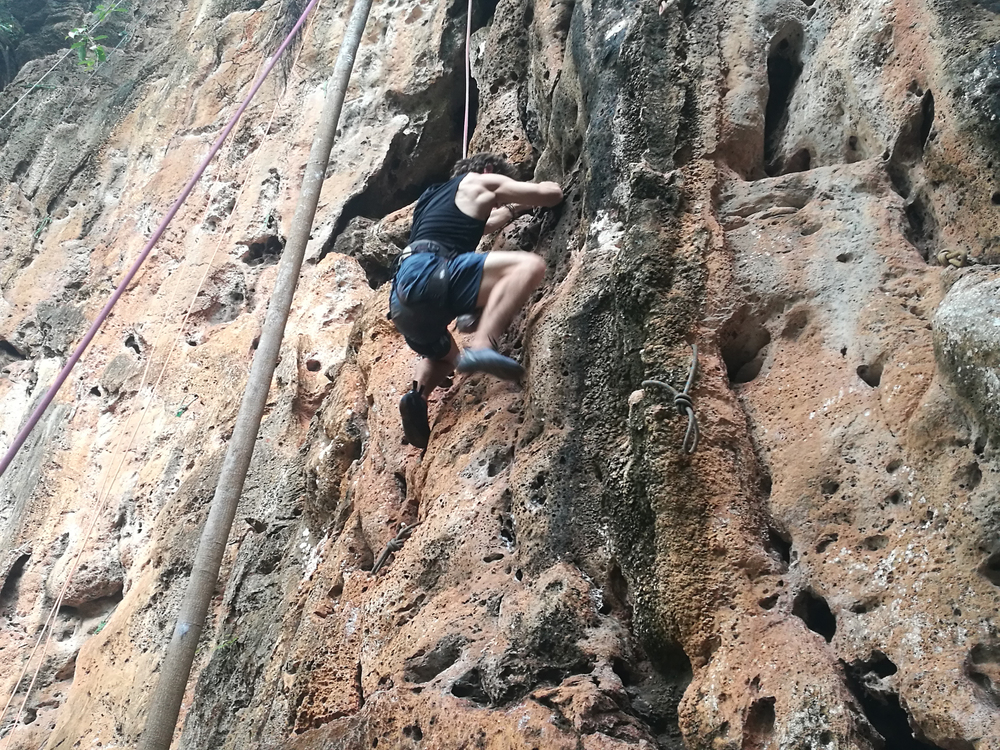
This isolated Thai peninsula accessible only by boat has evolved from a backpacker secret to an international climbing destination, with limestone karst formations rising dramatically from turquoise waters. The absence of cars and limited development has created a unique climbing community where barefoot approaches and deep-water soloing complement traditional sport climbing.
Several climbing schools employ local Thai guides who have become legends in their own right, having pioneered routes on their home terrain. The community has developed its own distinct culture, combining Thai hospitality with international climbing ethics.
Like Travel Pug’s content? Follow us on MSN.
El Chaltén, Argentina
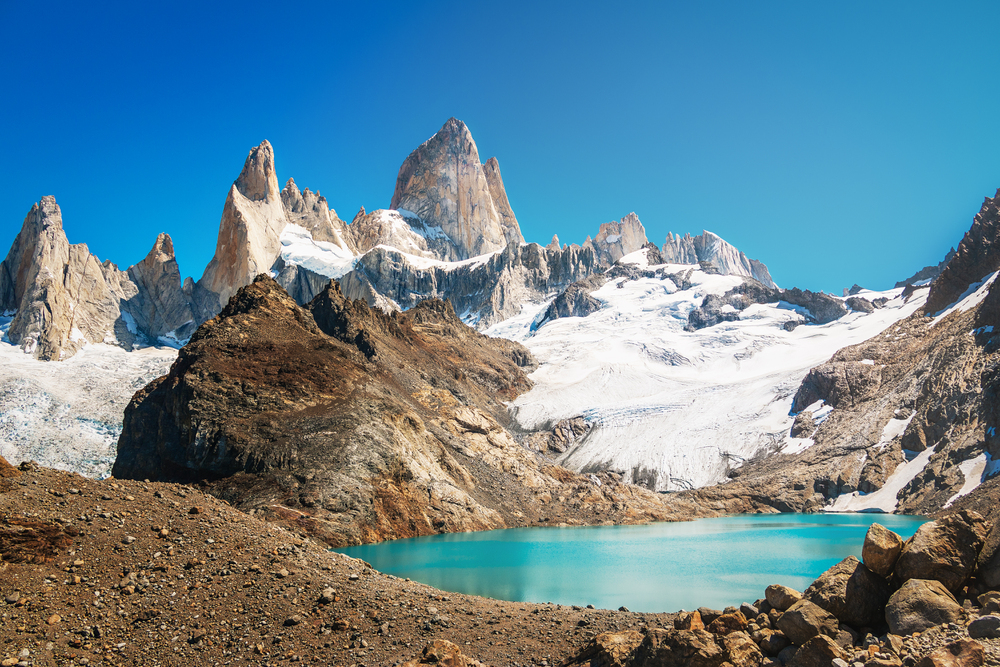
Argentina’s youngest town was officially founded in 1985, primarily to secure a border claim, but has since evolved into South America’s premier climbing destination beneath the iconic spires of Mount Fitz Roy. The short climbing season creates an intense annual migration, with the town’s population tripling during the summer months.
Local businesses hibernate during winter when climbing becomes impossible due to Patagonia’s notorious weather. The town exists almost entirely to support climbing and trekking, with most buildings constructed within the past three decades specifically to serve the outdoor community.
Lander, Wyoming
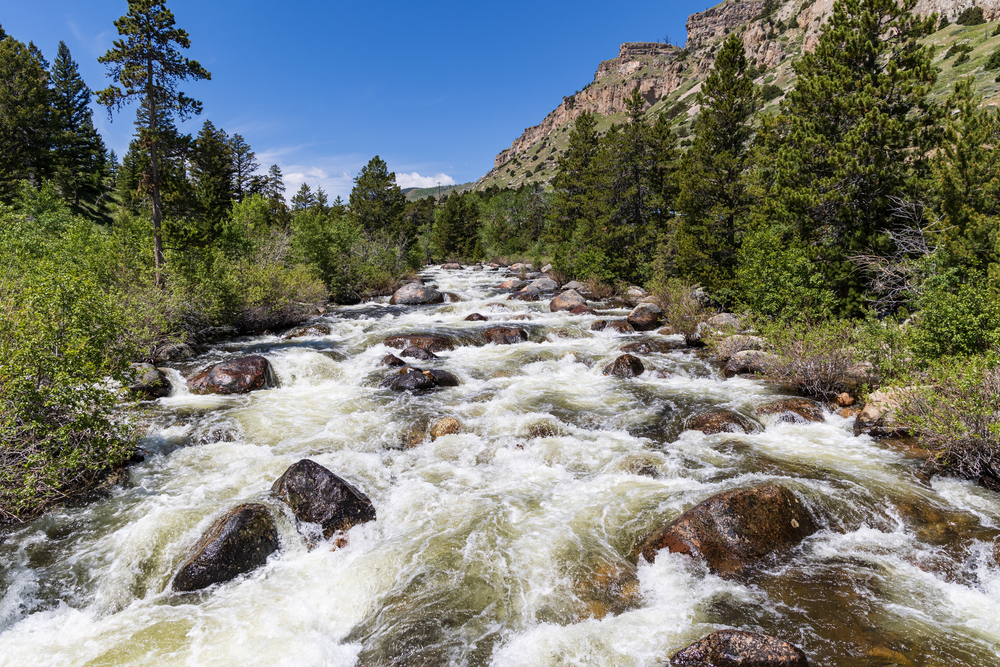
This Wyoming town reinvented itself from a declining mining center into a climbing hub through concerted community effort, including the establishment of the International Climbers’ Festival—the oldest climbing festival in America. The nearby limestone cliffs of Wild Iris and the sandstone of Sinks Canyon provide diverse climbing opportunities, while the town offers affordable living that has attracted numerous professional climbers and outdoor industry companies.
The community recently opened the Wyoming Climbing Resource Center, providing indoor training facilities and creating programming to introduce local youth to the sport.
Frankenjura, Germany

This rural German region encompasses numerous small villages connected by a limestone landscape containing over 10,000 sports routes across hundreds of crags scattered through picturesque forests. Local guesthouses serve as climber hangouts where traditional Bavarian fare fuels climbing adventures on the region’s characteristically powerful routes.
The area’s climbing history includes Wolfgang Güllich’s 1991 first ascent of Action Direct—then the world’s hardest route—which still draws climbers hoping to test themselves on this historic test piece. The relationship between farmers, who own much of the land containing climbing areas, and climbers has evolved into a successful partnership maintaining both access and conservation.
Like Travel Pug’s content? Follow us on MSN.
Hueco Tanks, Texas

This small Texas community exists primarily because of the world-class bouldering found in the nearby state historic site, where climbers navigate a complicated permit system for access to the weathered granite boulders. The climbing season runs opposite most destinations, with winter bringing perfect conditions and a migration of international climbers.
Local guide services, trained in both climbing instruction and cultural resource protection, help visitors navigate access issues while respecting the site’s significant archaeological resources. The annual Hueco Rock Rodeo transforms the quiet desert community into a temporary festival ground celebrating bouldering culture.
Siurana, Spain

This tiny medieval village, perched on a limestone cliff in Catalonia, Spain, has transformed from near abandonment to a thriving climbing center since development began in the 1980s. The surrounding cliffs feature over 1,600 routes of exceptional quality, drawing international climbers who stay in the village’s single hostel or small rental homes.
The olive groves beneath the cliffs continue producing oil as they have for centuries, creating an unusual juxtaposition of traditional agriculture and modern sport. The local climbing shop operates from a converted farm building, serving as the community hub where climbing information is exchanged daily.
Rifle, Colorado

This Colorado town sits beside Rifle Mountain Park—a limestone canyon containing some of America’s most challenging sport climbing routes. The community has embraced its identity as an extreme climbing destination, catering to experienced climbers testing themselves on the overhanging walls.
The annual Psicobloc competition brings competitive deep-water solo climbing to the local municipal pool, turning the town into a temporary festival ground celebrating climbing culture. Several professional climbers maintain seasonal residences in the affordable community, contributing to route development and local climbing advocacy.
Like Travel Pug’s content? Follow us on MSN.
Arco, Italy
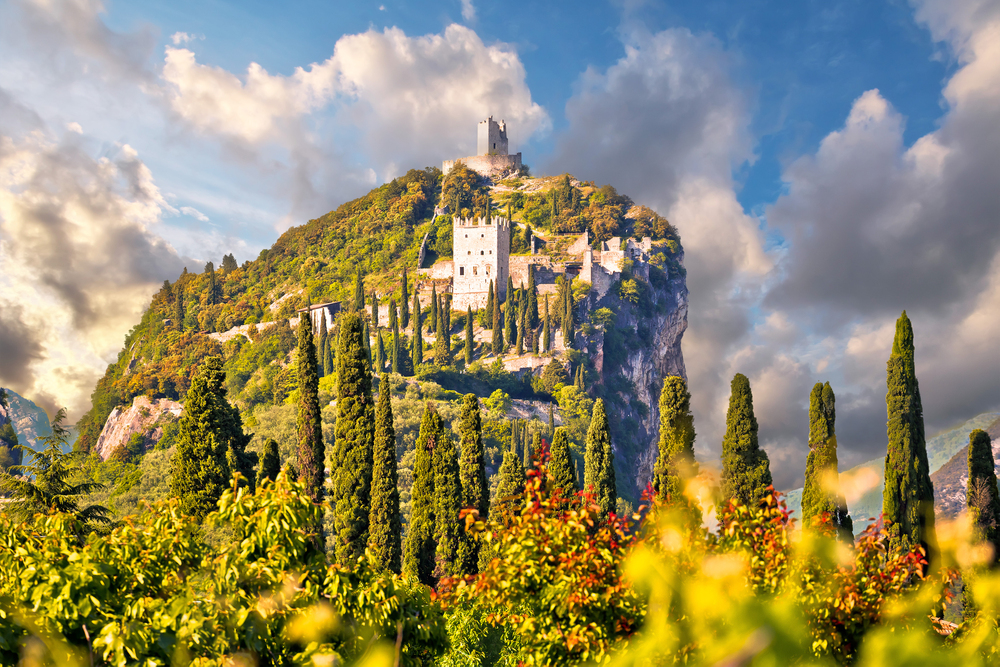
This northern Italian town hosts the historic Rock Master competition—one of climbing’s longest-running professional events—and has built its modern identity around vertical recreation. The surrounding limestone cliffs feature thousands of routes ranging from historic traditional lines to modern sport climbs.
The town center features climbing-themed public art, and the annual climbing festival transforms the medieval streets into a climbing industry convention and competition venue. Local vineyard tours marketed specifically to climbers represent the community’s successful integration of traditional agriculture with climbing tourism.
Tonsai, Thailand

This remote Thai beach developed as an overflow area from neighboring Railay, but evolved into a distinct community with its own counterculture climbing identity. Access remains challenging—requiring either a boat journey or a jungle trek—creating a natural filter that maintains the area’s unique character.
The climbing ranges from accessible multi-pitch routes to some of Thailand’s hardest sports climbs, all set against stunning Andaman Sea backdrops. The community has developed its own economic ecosystem, with climbing shops doubling as tour operators and restaurants functioning as social hubs where international climbers exchange information.
Slade, Kentucky (Red River Gorge)

The small towns surrounding Kentucky’s premier climbing destination—particularly Slade—have transformed from declining rural communities into vibrant seasonal hubs catering to the thousands of climbers who visit the sandstone cliffs each year. Miguel’s Pizza has evolved from a simple pizzeria to a cultural institution—part restaurant, part campground, and part community center for the climbing community.
Local landowners have increasingly embraced climbing access as an economic opportunity, working with the Red River Gorge Climbers’ Coalition to maintain relationships beneficial to both climbing access and local prosperity.
Like Travel Pug’s content? Follow us on MSN.
Vertical Communities
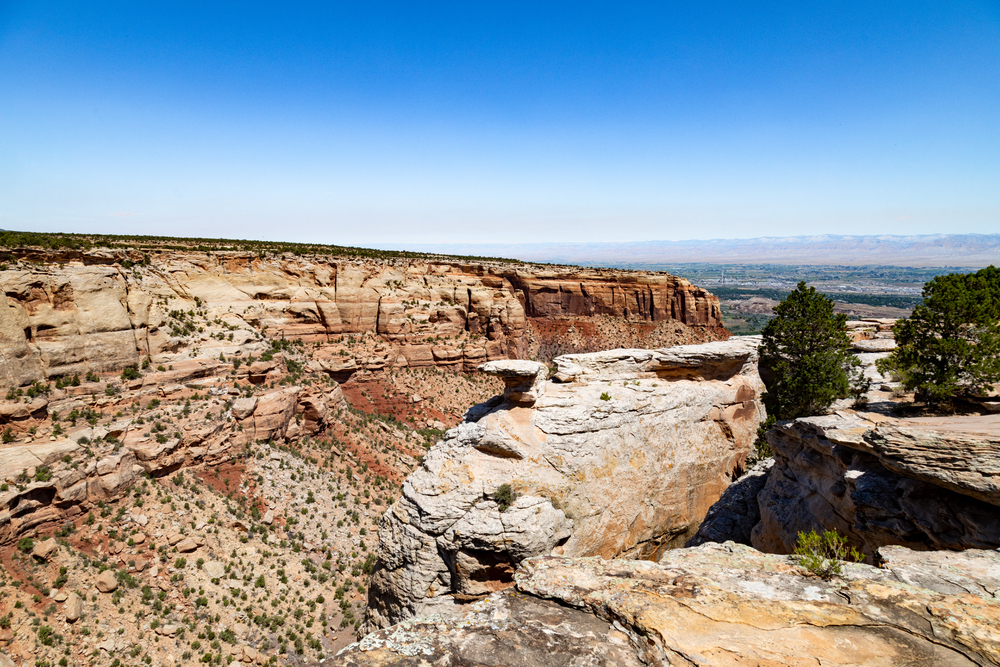
These fourteen locations demonstrate how climbing landscapes can transform communities, creating economic opportunities while developing unique cultural identities centered on vertical terrain. The relationship between climbers and these towns continues to evolve as the sport grows, with communities increasingly recognizing that their climbing resources represent not just recreational assets but economic engines driving sustainable tourism.
From isolated beaches in Thailand to historic European villages, former mining towns, to purpose-built outposts in Patagonia, these climbing towns share common elements despite their geographical diversity. Each has embraced its vertical identity, adapted to seasonal climbing migrations, and developed infrastructure catering to the unique needs of climbing visitors. Their collective experience demonstrates how outdoor recreation can revitalize communities, creating distinctive destinations where culture and landscape intertwine around the shared passion for ascending rock faces in beautiful places.
More from Travel Pug

- Cities Growing so Fast You Won’t Recognize Them in 10 Years
- 13 Destinations Where Tourists Regularly Regret Their Trip
- 16 U.S. Cities That Are Quietly Becoming Travel Hotspots
- Where to Travel If You Love Long Bus Rides and Daydreams
- 20 Cities Perfect for Solo Travelers Who Crave Adventure & Culture
Like Travel Pug’s content? Follow us on MSN.
